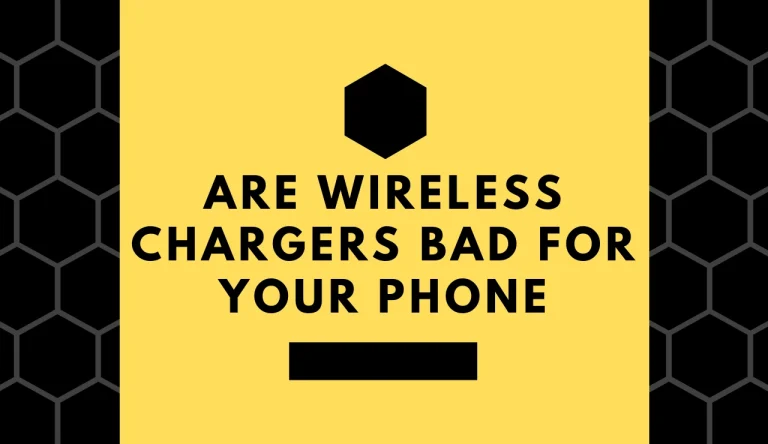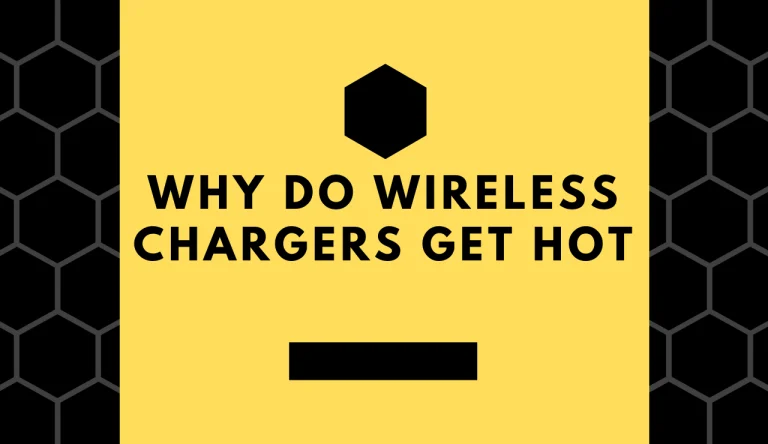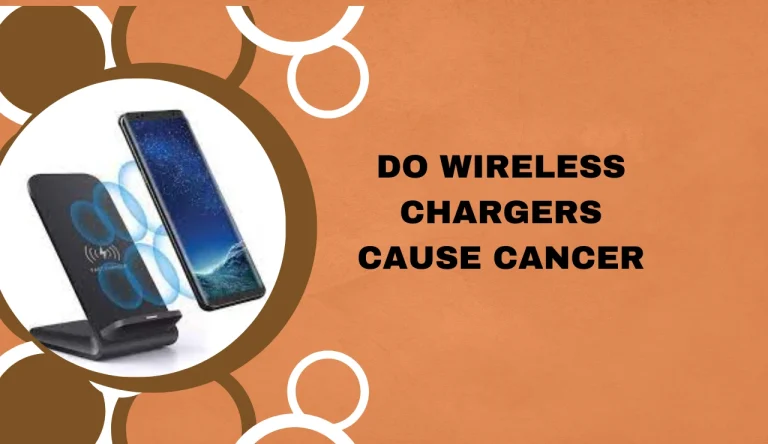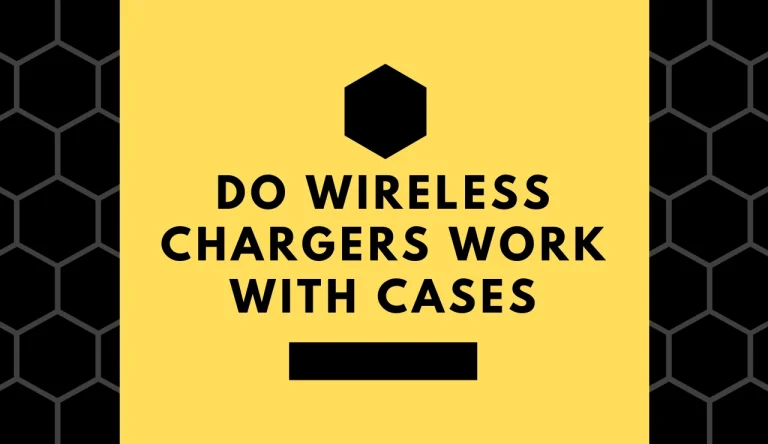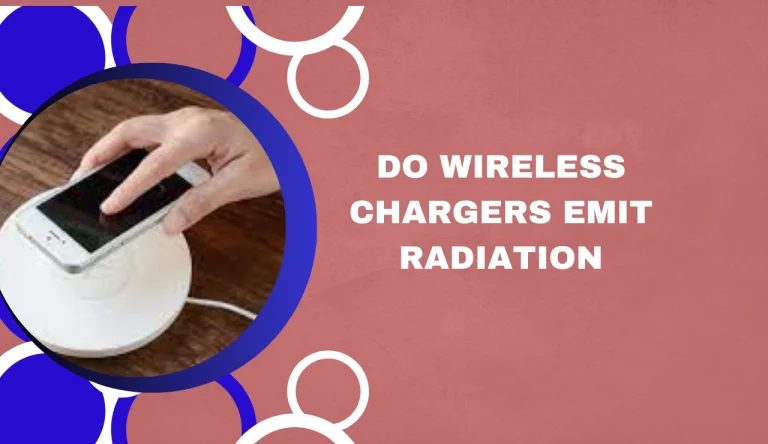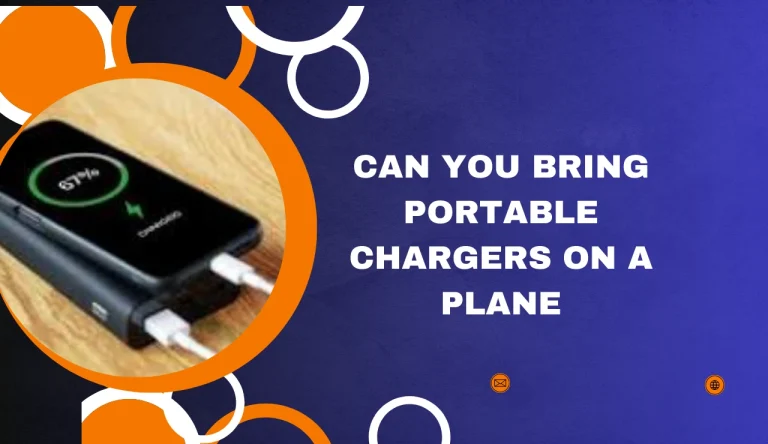Do Wireless Chargers Stop Charging When Full
Do Wireless Chargers Stop Charging When Full? This is a common question among users of wireless charging technology, and the answer is yes.
Wireless chargers are equipped with advanced circuitry that allows them to automatically detect when a device’s battery is fully charged and stop the charging process.
Wireless charging works by using electromagnetic fields to transfer energy from the charger to the device’s battery. When you place your device on a wireless charger, it initiates this energy transfer process, which continues until the battery reaches its maximum capacity.
The charging circuitry in wireless chargers plays a crucial role in ensuring that your device is charged efficiently and safely. It constantly monitors the battery’s charge level and adjusts the power flow accordingly. Once the battery reaches 100%, the charger detects this and stops supplying power, preventing overcharging.
This automatic charging control feature not only ensures that your device remains at optimal battery levels but also helps prolong its overall lifespan. By stopping charging when full, wireless chargers prevent excessive heat generation and reduce unnecessary strain on the battery.
In this article, we will explore how wireless chargers work, delve into their automatic charging control features, debunk common myths about wireless charging, and provide tips for optimizing efficiency.
So let’s dive in!
Key Takeaways
- Wireless chargers automatically detect when a device’s battery is fully charged and stop the charging process.
- Stopping charging when full helps prolong the overall lifespan of the device’s battery.
- Wireless charging eliminates the need for physical connections and reduces wear and tear on ports and cables.
- Understanding battery capacity and charging limits is important for maximizing device longevity.
How Wireless Charging Works
Once you place your device on a wireless charger, it uses electromagnetic fields to transfer energy and charges your device without the hassle of tangled cords. Wireless charging technology has revolutionized the way we power our devices, offering several advantages over traditional charging methods.
Firstly, it eliminates the need for physical connections, reducing wear and tear on ports and cables. Additionally, wireless chargers are convenient and versatile, allowing you to charge multiple devices simultaneously with just one charger. Moreover, wireless charging is safer as there are no exposed electrical contacts that can cause damage or accidents.
However, it’s important to understand battery capacity and charging limits to ensure optimal performance and longevity of your device’s battery. Now let’s delve into understanding battery capacity and charging limits.
Understanding Battery Capacity and Charging Limits
When you’re using a wireless charger, it’s important to understand the limits of your battery capacity and how it affects the charging process. Wireless charging relies on electromagnetic induction to transfer power from the charger to your device, but it’s crucial to consider the impact of charging speed on your battery lifespan.

Here’s a visual representation of these ideas:
- Battery lifespan
- Charging cycles can affect the overall health of your battery.
- Slow charging can help prolong battery life by reducing heat generation.
- Rapid wireless charging may cause more stress on the battery, potentially shortening its lifespan.
Understanding these factors is essential for maximizing your device’s longevity while utilizing wireless chargers. It also highlights the significance of considering other aspects like the role of charging circuitry in wireless chargers without compromising efficiency or safety.
The Role of Charging Circuitry in Wireless Chargers
To fully optimize your device’s performance and extend its battery life, you’ll want to understand how the charging circuitry in wireless chargers plays a significant role.
The charging circuitry components, such as the power management integrated circuit (PMIC) and the voltage regulator module (VRM), are responsible for regulating the flow of electricity from the charger to your device’s battery. These components ensure that the charging process is efficient and safe by monitoring and controlling factors like temperature, voltage, and current.
Additionally, the quality of these components can impact the charging speed of your device. Higher-quality charging circuitry can provide faster charging speeds compared to lower-quality ones. Understanding this relationship between charging circuitry components and charging speed can help you make informed decisions when selecting a wireless charger for your device.
Now let’s delve into the automatic charging control features in wireless chargers…
Automatic Charging Control Features in Wireless Chargers
Get ready to discover the amazing automatic charging control features that keep your device’s battery at its best for longer!
Wireless chargers are equipped with advanced technology that not only charges your smartphone efficiently but also ensures safety. These chargers have built-in circuitry that monitors the charging process and automatically adjusts the power delivery to prevent overcharging. This feature is particularly useful because it prevents excessive heat generation, which can damage the battery and shorten its lifespan.
Additionally, wireless chargers are designed to detect when your device’s battery is fully charged and will stop supplying power to avoid any unnecessary energy consumption. With these smart charging habits, you can rest assured knowing that your phone’s battery is being taken care of while you go about your day.
So let’s explore the benefits of automatic charging control in the upcoming section about how it maximizes battery life without compromising on convenience.
Benefits of Automatic Charging Control
Experience the amazing benefits of automatic charging control that maximizes your device’s battery life without compromising on convenience. Here are four advantages of smart charging technology and the impact of automatic charging control on battery lifespan:
- Optimal Charging: Automatic charging control ensures that your device receives just the right amount of power, preventing overcharging and undercharging. This helps maintain optimal battery health and extends its lifespan.
- Temperature Regulation: Wireless chargers with automatic control monitor the temperature during charging, preventing overheating which can degrade the battery over time.
- Fast Charging: With smart charging technology, wireless chargers can deliver power at a faster rate when needed, allowing you to quickly recharge your device without causing any harm to the battery.
- Energy Efficiency: Automatic charging control minimizes energy wastage by cutting off power supply once your device reaches full charge, saving electricity and reducing environmental impact.
Now let’s address some common myths and misconceptions about wireless charging…
Common Myths and Misconceptions about Wireless Charging
Contrary to popular belief, there are several misconceptions surrounding the efficiency and limitations of wireless charging technology. One common myth is that wireless chargers continue to charge even after the device’s battery is full, which raises concerns about safety and energy consumption. However, this isn’t true.
Wireless chargers are equipped with advanced automatic charging control mechanisms that detect when a device reaches full battery capacity and stop the charging process accordingly. This ensures both the safety of the device and prevents unnecessary energy wastage.
Another misconception relates to compatibility issues with different devices. Some people believe that wireless chargers only work with specific smartphones or tablets, but in reality, most modern wireless chargers are designed to be compatible with a wide range of devices that support wireless charging standards such as Qi. As long as your device supports wireless charging, you can enjoy the convenience of wire-free power.
Now let’s explore some tips for optimizing wireless charging efficiency without compromising on safety or compatibility.
Tips for Optimizing Wireless Charging Efficiency

To enhance the efficiency of your wireless charging, you’ll want to make sure your device is properly aligned on the charging pad. This ensures that the coils in your device and the charger are perfectly aligned, allowing for optimal power transfer.
Additionally, here are some tips for optimizing wireless charging efficiency:
- Make sure your device and wireless charger are compatible. Not all devices support wireless charging, so check if your device has this feature before investing in a wireless charger.
- Remove any cases or accessories that may interfere with wireless charging. Some cases or metal objects can disrupt the magnetic field and reduce charging efficiency.
- Troubleshoot any issues by checking for software updates or restarting both your device and charger. Sometimes, simple fixes like these can resolve common problems.
By following these tips, you can ensure a smooth and efficient wireless charging experience while avoiding any compatibility issues or troubleshooting complications.
Frequently Asked Questions
Conclusion
In conclusion, wireless chargers don’t stop charging when the battery is full. They’re equipped with charging circuitry that automatically controls the charging process to prevent overcharging and damage to the battery. This feature ensures optimal battery health and longevity.
Despite common myths and misconceptions, wireless charging is a convenient and efficient way to power up your devices. By following some simple tips, you can further optimize the efficiency of wireless charging and enjoy its benefits to the fullest.

